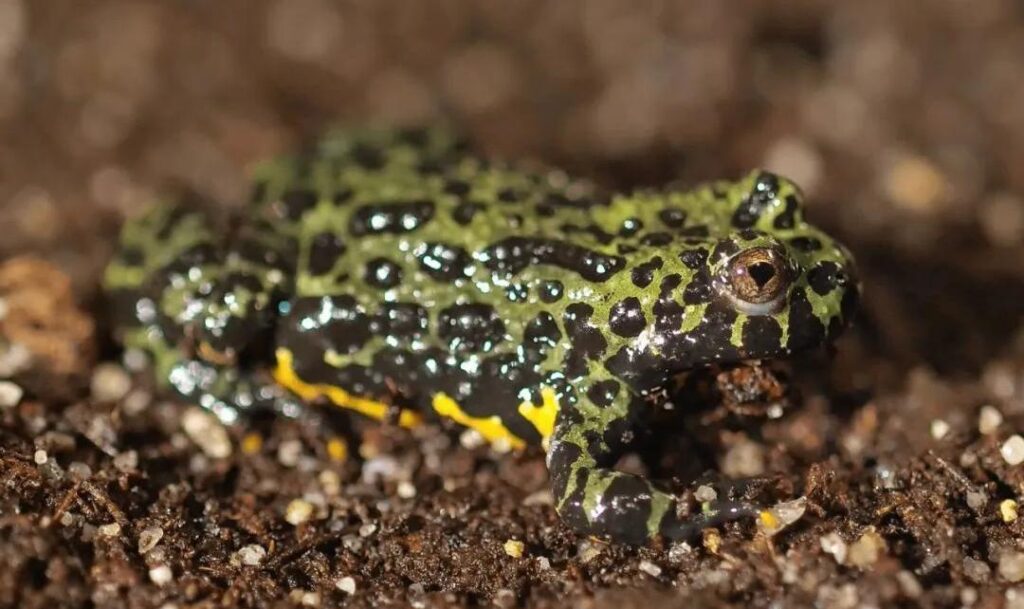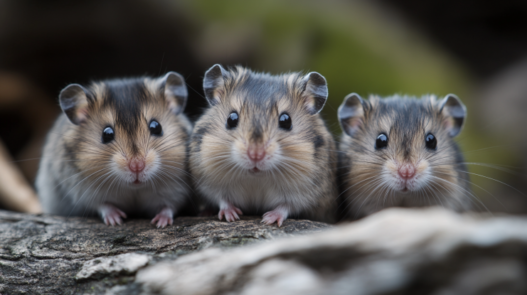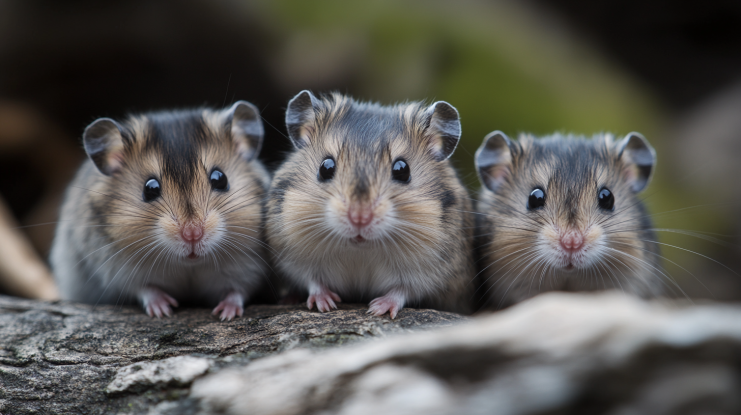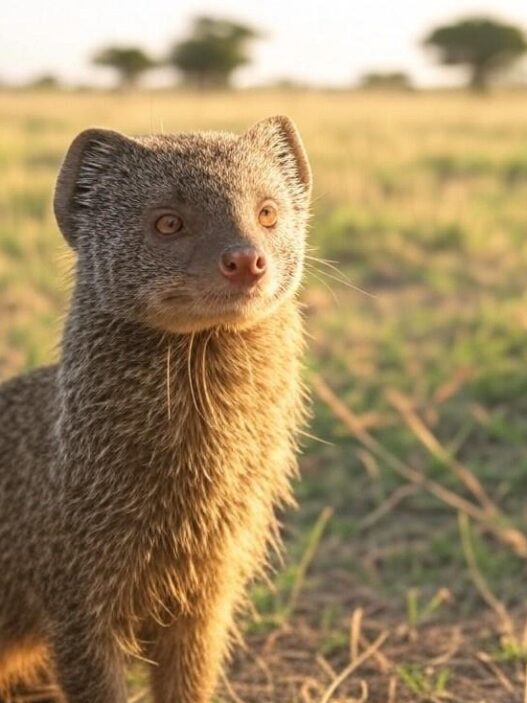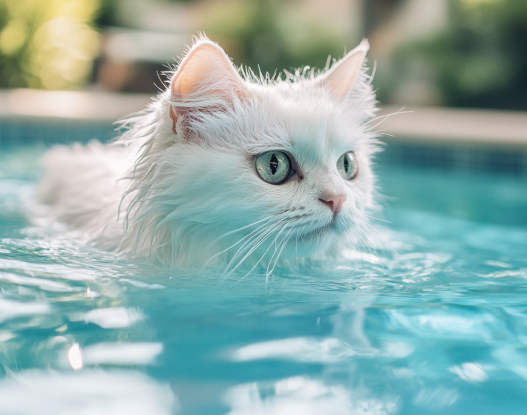In the animal kingdom, playing dead is a common survival tactic used by many species to evade predators. This fascinating behavior spans mammals, birds, reptiles, fish, and insects. But which animals are the true masters of the art of playing dead? Here’s a list of the top 10 animals that have perfected this life-saving skill. Let’s dive in!
1. Opossum (Fakes Death with the Scent of Decay)
When it comes to playing dead, the opossum is a true expert. When faced with a predator, the opossum will suddenly collapse and enter a state of “playing possum”—eyes shut, mouth slightly ajar, tongue sticking out, and body completely still. To make the scene more convincing, the opossum’s body will tremble as it “dies,” and its heart rate and breathing will slow down. Even more shocking, it secretes a strong, foul-smelling liquid from its anal glands that mimics the stench of decaying flesh. If you weren’t paying close attention, you’d swear it had been dead for days. After a few minutes or hours, the opossum will “wake up” and resume its usual activities.
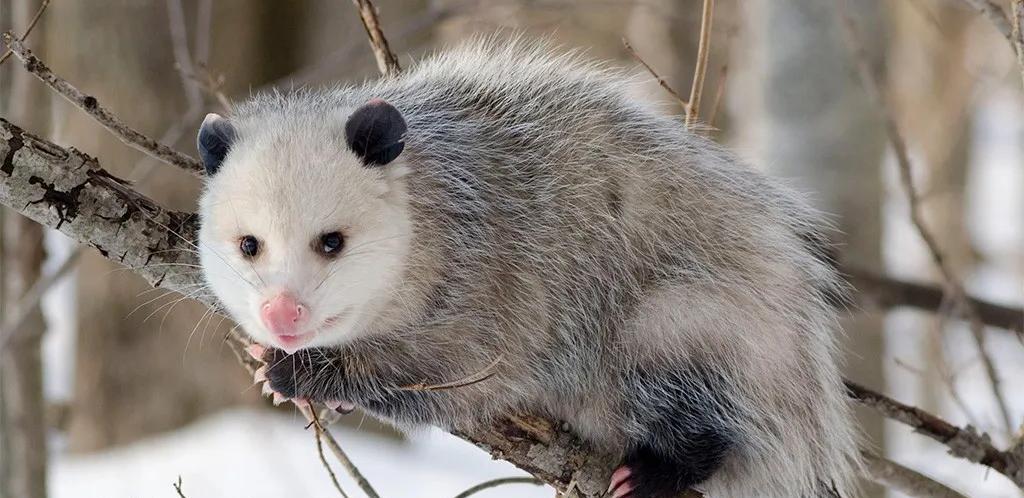
2. Hognose Snake (Fakes Death with Decay Scent)
The hognose snake also has impressive “death-playing” skills. When threatened, it first attempts to scare off its predator by puffing up and hissing, resembling a venomous cobra. If this bluff doesn’t work, it will collapse onto its back, mouth wide open, tongue hanging out, and even bleed from its mouth—creating the illusion of a snake that has been killed. Much like the opossum, the hognose also releases a strong, unpleasant smell to enhance its fake death. Interestingly, if you flip it over, the hognose will usually flip back, continuing its “dead” position.
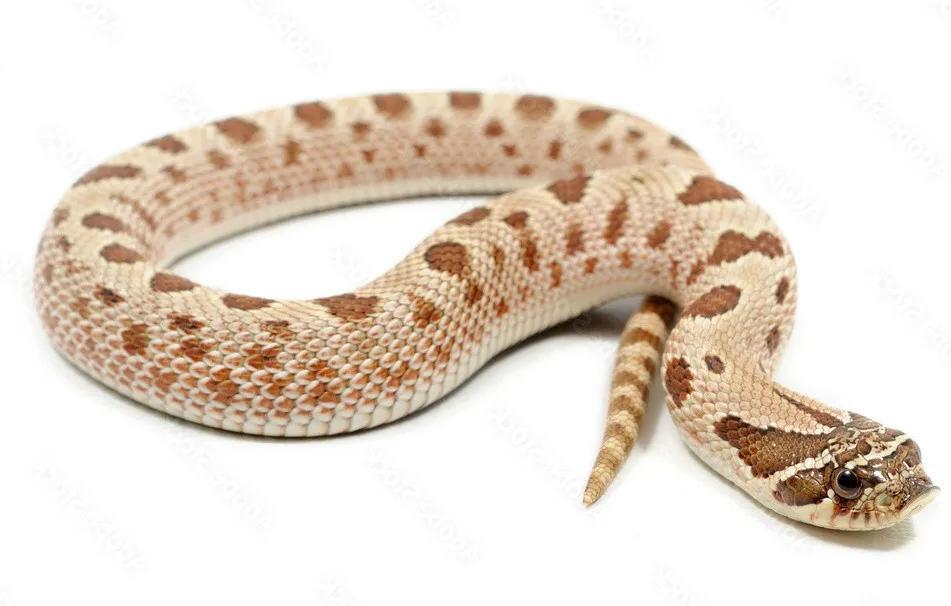
3. Rabbit (Rigid Body and Heart Stops)
You might be surprised to learn that rabbits are experts at playing dead. Known for being gentle herbivores, they often face threats from predators larger or similar in size. So, playing dead has become a crucial survival tactic. When in danger, a rabbit will suddenly fall limp and roll over, its body stiffening completely. The animal’s heart may even stop beating for a moment, and it won’t react to any stimuli, giving the illusion of death.
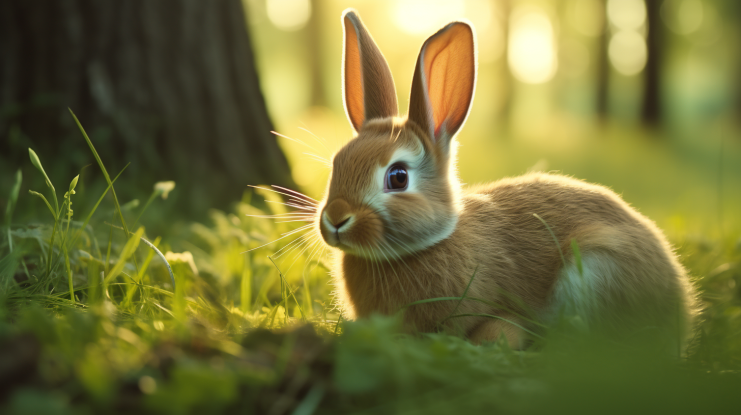
4. Ladybug (Fakes Death with Shock)
Ladybugs have perfected the art of faking death. When they feel threatened or startled, they enter a state of shock, becoming completely stiff and motionless—an impressive defense mechanism. Once the threat has passed, they “wake up” and continue as if nothing happened. Interestingly, scientists have discovered that this is more of a fainting response than true death. When physically touched, the ladybug’s nervous system goes into shock, causing it to play dead.
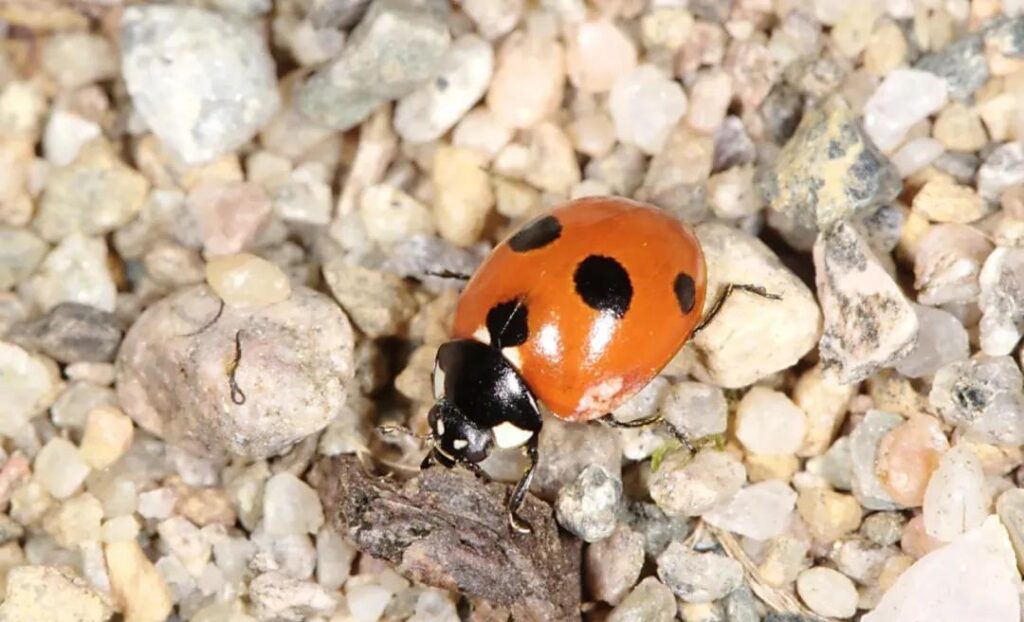
5. Leaf Fish (Fakes Death to Catch Prey)
The leaf fish, native to Lake Malawi in Africa, uses its playing-dead skills in a very different way—not to avoid predators, but to catch prey. Its unique camouflage mimics a decaying carcass at the lake’s bottom. When small fish approach, thinking they’ve found a meal, the leaf fish springs into action, opening its mouth wide and capturing its unsuspecting prey.
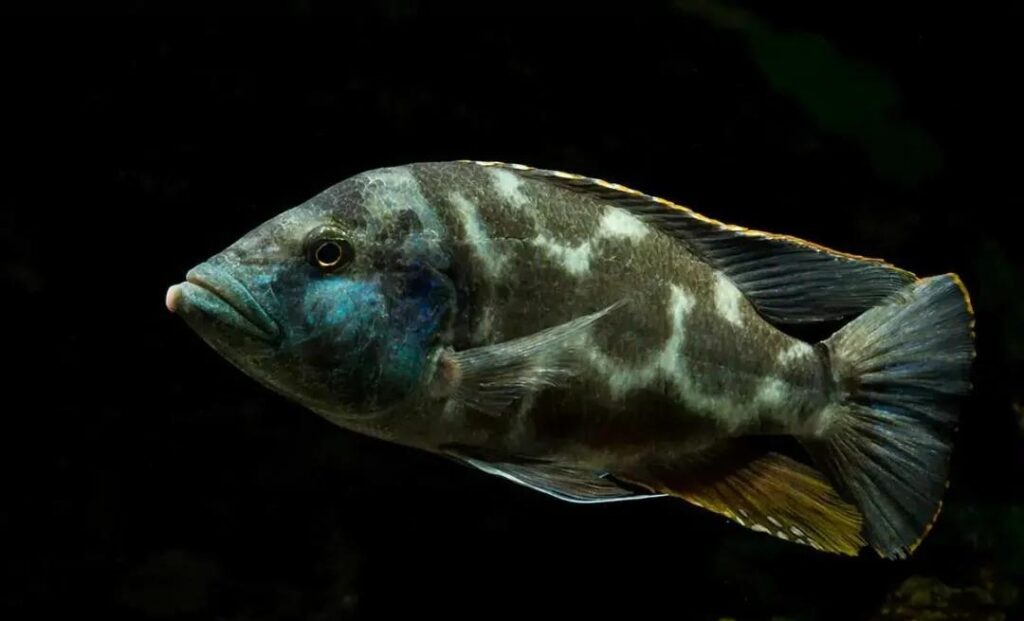
6. Spider (Fake Death for Mating)
Spiders are also known to use the death act for protection. However, one species, the pirate spider, employs this strategy during mating. During courtship, male pirates present wrapped-up insects to females to woo them. If the female isn’t interested, she might kill and eat the male. In response, the male will “play dead” and be dragged away with the food, only to “revive” and try mating again when the female is distracted.
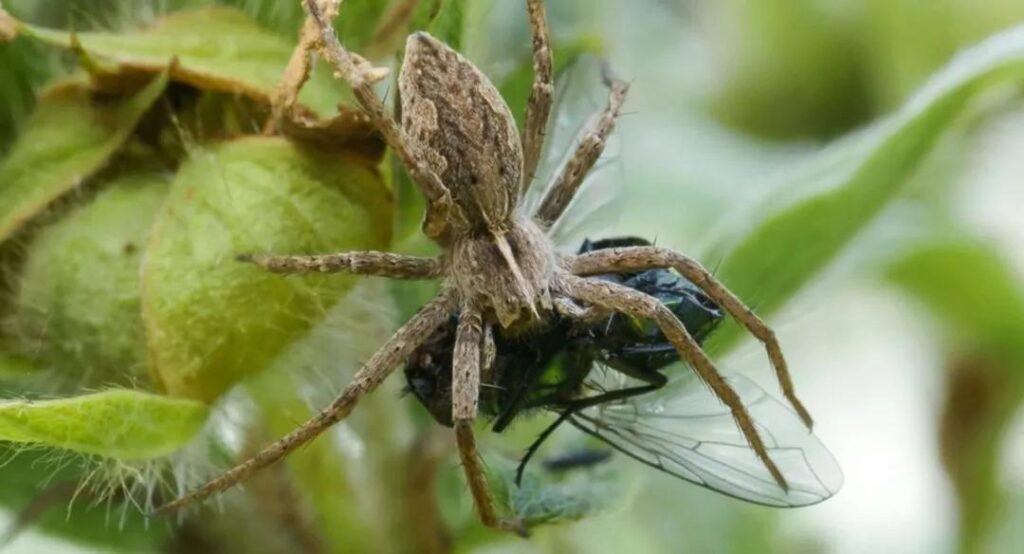
7. Lynx (The Only Feline to Play Dead)
The lynx, which resembles a wild cat but is larger than domestic cats, has a unique ability to play dead. Smaller species like the Canadian lynx will remain motionless on the ground when threatened, avoiding detection by predators like tigers or leopards. If the predator gets too close, the lynx will counterattack to defend itself.
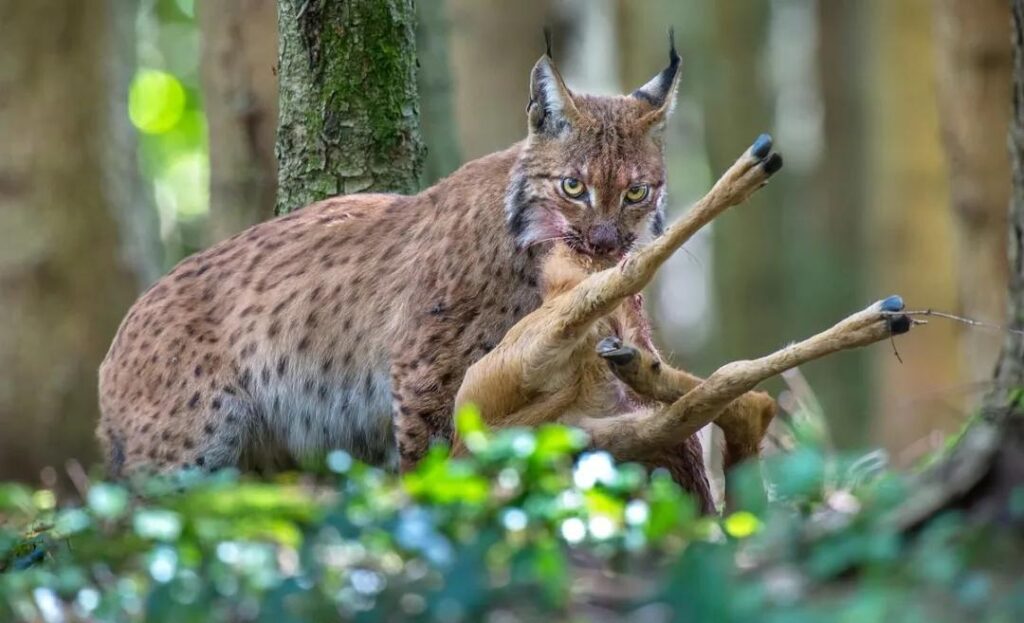
8. Hamster (Cold Body, No Heartbeat or Breathing)
Hamsters, loved for their cuteness, also possess an essential survival skill—playing dead. Highly sensitive and easily frightened, hamsters face threats from predators like cats and birds. When in danger, they’ll stop breathing, their heart will cease, and their body will go cold and stiff, effectively making them look lifeless. This survival strategy helps them avoid the attention of predators.
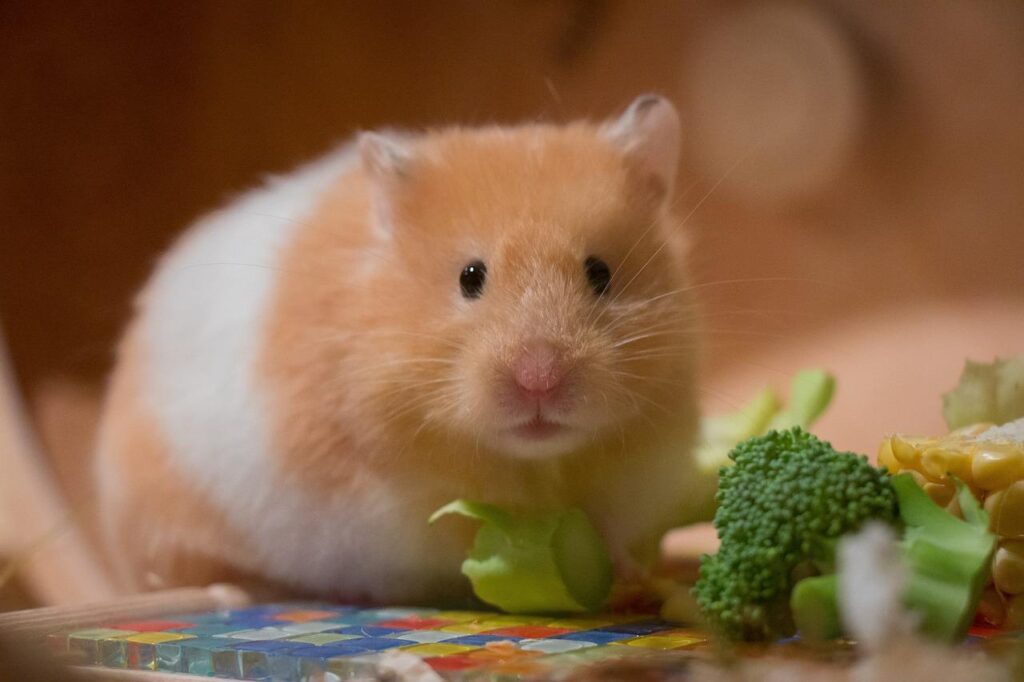
9. Shark (Plays Dead for 15 Minutes)
Even sharks, the apex predators of the ocean, can play dead. If a shark is flipped onto its back, it enters a state of tonic immobility, remaining still for about 15 minutes. This behavior isn’t triggered by fear but is believed to be related to mating. Male sharks may flip a female to induce this state to facilitate a smoother and more efficient mating process.
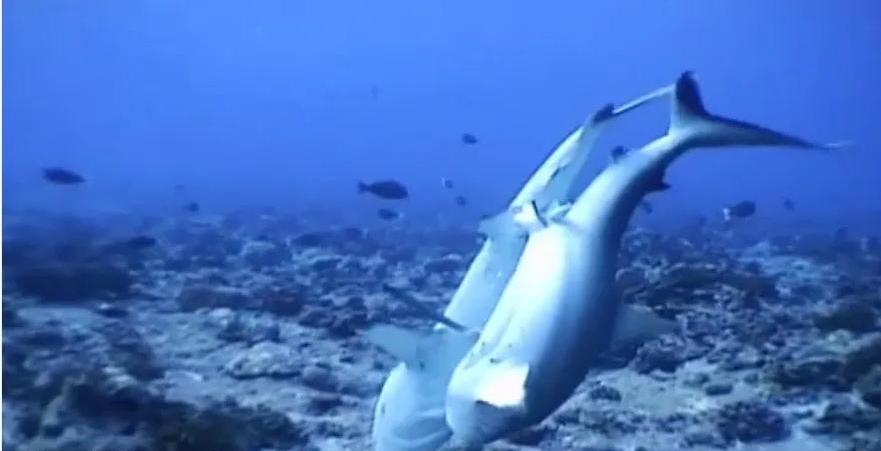
10. Frog (Lays on Back and Plays Dead)
Frogs, especially the species from Europe and Asia, are adept at playing dead. When threatened, some frogs will arch their backs and stiffen their limbs, showing bright warning colors on their underside to deter predators. If this doesn’t work, they will lie on their backs, feigning death, and hoping the predator loses interest.
